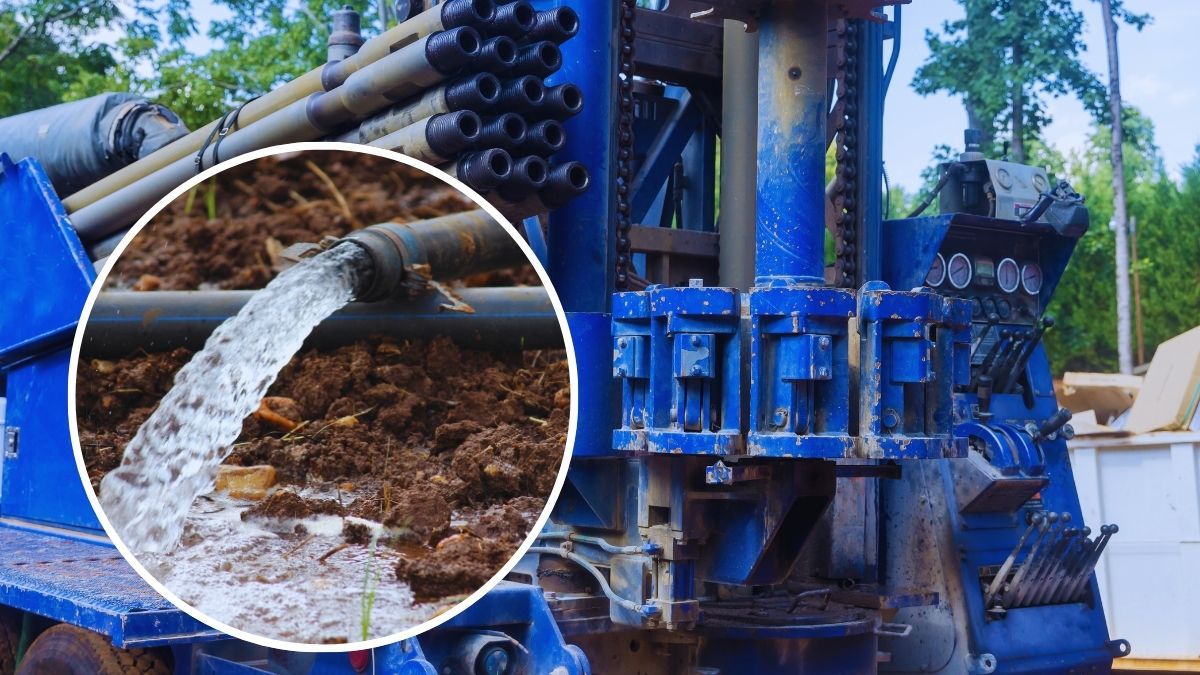Borehole water is a valuable resource for many households, agricultural activities, and industries. However, untreated borehole water often contains contaminants that must be addressed to ensure it is safe for consumption and use. This comprehensive guide delves into the essential chemicals used in borehole water treatment and their specific roles in purifying water.
Why Borehole Water Treatment is Essential
Treating borehole water is crucial to eliminating harmful contaminants that can pose serious health risks and damage plumbing systems. Understanding the contaminants present in borehole water is the first step toward effective treatment.
What are the common borehole water contaminants?
Even though borehole water gives the appearance of a clean source of water, it may contain several contaminants. Here are some common culprits and their effects:
Pathogens:
These unfriendly microorganisms are composed of bacteria, viruses, and protozoa, which will lead to several infections if they are ingested. common ones are E. coli: which can lead to gastrointestinal irritation Giardia: a parasite causing diarrhea and cramps
Suspended solids
Ever realized when borehole water appears cloudy? Those are suspended solids–small particles of dirt, sand, or organic matter that make the water turbid. Although not directly harmful, it can push blocking pipes and provide a breeding ground for bacteria.
Iron and Manganese:
Iron and manganese are naturally occurring minerals in rocks and soil. They do not pose a human health risk at elevated levels but do cause grey-black staining or reddish color in your clothes, as your fixtures. They give water a metallic flavor.
Fluoride:
This is beneficial for dental health in trace amounts. Still, a high concentration of this mineral in the borehole water will cause dental fluorosis, evidenced by the staining and pitting of teeth.
Organic Compounds:
These may include decaying plant matter, herbicides, or pesticides working their way down to the groundwater. They generally result in unbearable water due to taste, odor, and color.
Imbalanced pH Water:
The borehole water may be either acidic, with a low pH level, or very high in pH level—therefore alkalic. Very acidic water acts destructively on the pipes and fittings; the same applies to very alkalic water. The latter affects the skin negatively and gives a soapy taste.
What are the Essential Chemicals for Borehole Water Treatment?
The treatment involves converting borehole water into water that can be used by mixing classes of several chemicals used to realize potable and other uses. Different classes of chemicals used have distinct roles in achieving the goal of purifying the water. The treatment in this context falls under the purview of defining the aim of purifying the water. Some of the critical chemicals in borehole water treatment will be discussed herein:
1. Disinfectants
These are Used to kill or inactivate pathogenic bacteria, viruses, and protozoa from the water to make it safe for drinking. These disinfectants include:
Chlorine is the most frequently used ozone, which combines in its different forms through chlorine gas, sodium hypochlorite, and calcium hypochlorite. It is very effective in killing a wide variety of microorganisms.
Ozone: Ozone is a powerful oxidizing agent that disinfects water by destroying the cellular walls of microorganisms. It also helps eliminate taste and odor problems.
Ultraviolet (UV) Light: UV light is chemical-free; it purifies water by rendering harmless bacteria, viruses, and other pathogens harmless through exposure to radiation from UV.
2. Coagulants and Flocculants
These are used To aggregate fine particles and colloids into a larger particle form (flocs) that can easily be removed from the water through sedimentation and filtration.
Alum: is a commonly used coagulant for flocculation in water, it neutralizes the charge on the suspended particles to form the flocs.
Ferric Chloride: Another coagulant, the mode of action of which is like that of alum; typically, it is used where the pH is high.
Polyacrylamides: These are synthetic polymers that act as flocculants to help aggregate the particles into large flocs.
3. pH Adjusters
Adjusting pH will enable many other methods of treating water to work most effectively. It also ensures that the water has neither acidity nor alkalinity. Examples of PH Adjusters include:
Sodium Carbonate (Soda Ash): Used in increasing the pH of low-pH water to make sure there is minimal corrosion on the water.
Hydrochloric Acid: Reduces high pH water to get to somewhere deemed safe for human beings and the other methods used when cleaning water.
4. Anti-Scalants
These are reagents that are added to prevent scale formation on the surfaces of the pipes, membranes, and other process equipment. Examples of antiscalants include:
Polyphosphates: This is a chemical compound used in the sequestration of cations, more particularly those of calcium and magnesium, to depress scale formation.
Citric Acid: This is one of the anti-scalants that are, at times, used, especially in combinations.
5. For Oxidizing Agents
Oxidizing Agents are used To bring dissolved metals like iron and manganese to solid form so that they can be removed by filtration and also to ease taste and odor problems.
Potassium permanganate: for the oxidation of iron, manganese, and hydrogen sulfide.
Chlorine: An oxidizer, chlorine is also used for disinfection.
6. Activated Carbon
These are used For removing organic compounds, chlorine, and other chemicals that cause taste and odor in the water. Some examples of activated carbons include:
GAC: Granular active carbon filters many kinds of impurities in the adsorption processes.
7. Biocides
These chemicals help suppress the growth of growths in biofilms and microorganisms in water treatment systems and distribution systems. Some examples of Biocides include
Chlorine, another biocide, that inhibits the growth of algae, some bacteria, and other microorganisms.
Bromine is another very good biocide, more so in systems where chlorine-resistant organisms are of major concern.
Best Practices for Borehole Water Treatment
- Comprehensive Water Testing: Identify contaminants and their concentrations.
- Proper Dosage: Calculate the correct dosage of treatment chemicals.
- Regulatory Compliance: Adhere to local water quality regulations.
- Professional Consultation: Engage water treatment professionals for tailored solutions.
Conclusion
Using the right chemicals for borehole water treatment ensures safe, clean, and potable water. By understanding the roles of various treatment chemicals and implementing best practices, you can effectively manage and maintain your borehole water system. Whether for domestic, agricultural, or industrial use, treated borehole water can be a reliable and sustainable resource.
For more information on borehole water treatment and expert advice, contact us; we are your go-to water treatment specialists.


